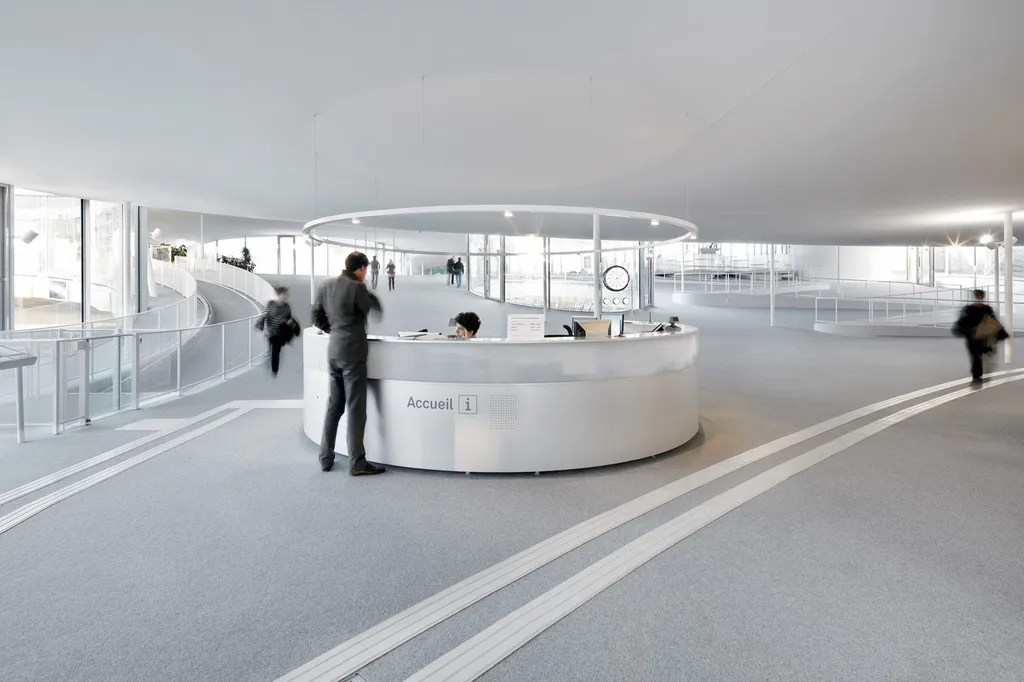In the ever-evolving landscape of building design and construction, a new study is shedding light on the intricate dance between shading systems and the views they frame. Stephen Wasilewski, a researcher at the School of Architecture, Civil and Environmental Engineering at École Polytechnique Fédérale de Lausanne (EPFL), has published a study in the journal ‘Buildings & Cities’ (translated as ‘Buildings and Cities’) that delves into the complex interplay between dynamic facades and the views they offer. The research, titled “Exploring interactions between shading and view using visual difference prediction,” aims to quantify how well a view can be seen through different facade layers, a factor that has long been overlooked in the pursuit of energy efficiency and visual comfort.
Wasilewski’s work is a response to the growing recognition that views to the outside are a crucial aspect of daylight, joining the traditional understanding of daylight as a source of illumination. “Recent research has shown that views to the outside are an important aspect of daylight,” Wasilewski explains. “This means that when we design dynamic facade systems, we need to consider not just thermal performance and daylight availability, but also the quality of the view.”
The study leverages existing vision models to synthetically analyze a range of facade and view scenarios. The primary outcome is that the HDR-VDP-3 model, a tool used to predict visual differences, responds usefully to the scenarios tested. This model is sensitive to parameters with known impacts on visibility, such as direct and diffuse transmission, and free viewing area. It is also sensitive to view features such as high-contrast edges, low-contrast details, and composition.
This research is particularly relevant to the energy sector, as it provides a means of evaluating how well dynamic facade systems balance various performance aspects, including thermal performance, daylight availability, glare, and view. “The type of view content matters to how well people will see through different systems,” Wasilewski notes. “This is an important consideration when planning mock-ups and selecting shade fabrics, blinds, or electrochromic glazing.”
The findings of this study have significant implications for future developments in the field. By confirming the fundamental attributes of human visual perception across shading systems and calibrating them to models’ responses, researchers can guide future research into preserving the ‘key’ qualities of a view. This could lead to the development of more sophisticated dynamic facade systems that not only enhance energy efficiency but also prioritize the visual comfort and well-being of building occupants.
As the construction industry continues to grapple with the challenges of sustainability and energy efficiency, Wasilewski’s research offers a timely reminder of the importance of considering the human element in building design. By understanding how dynamic facades interact with views, designers and builders can create spaces that are not only energy-efficient but also visually appealing and conducive to occupant well-being. This holistic approach to building design is crucial for shaping the future of the energy sector and the built environment as a whole.

